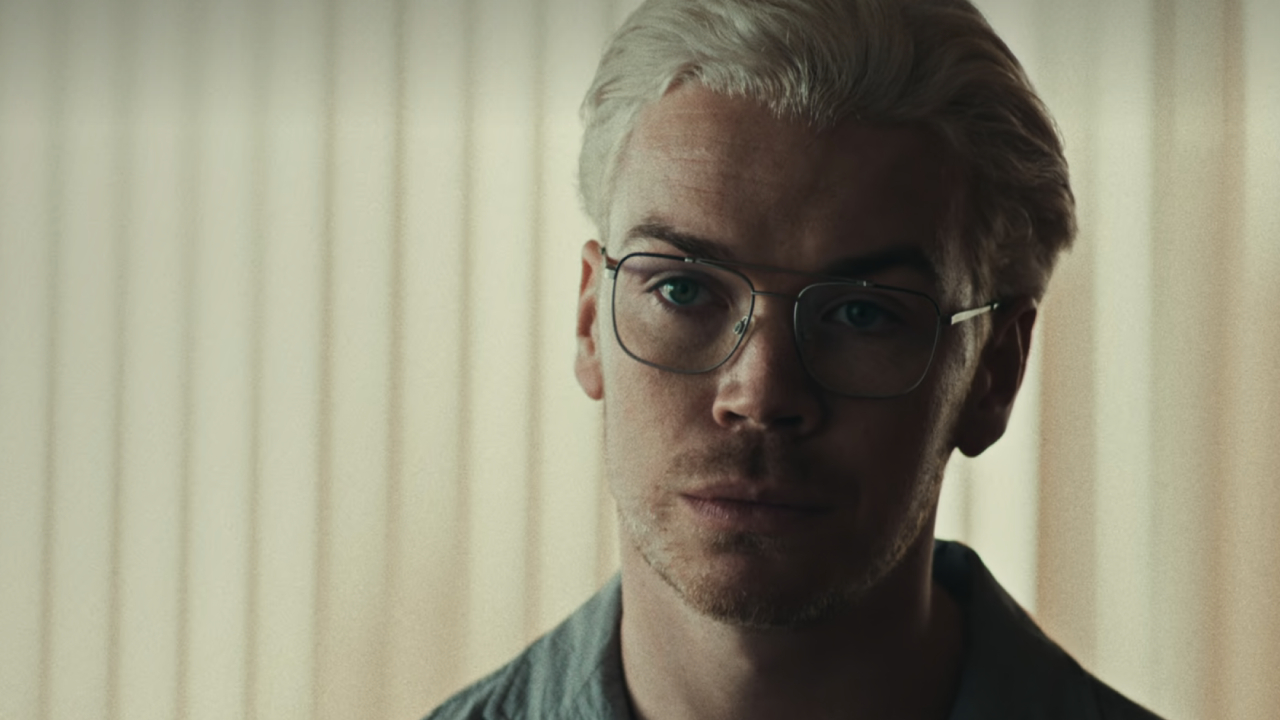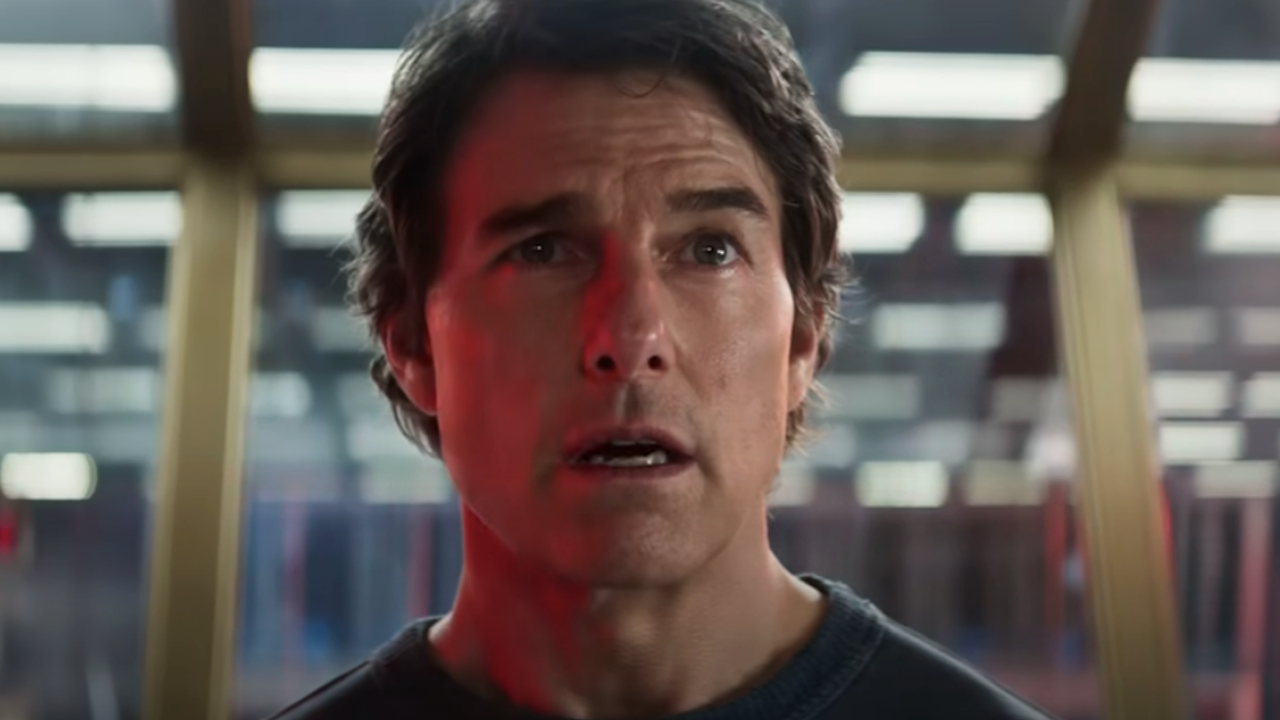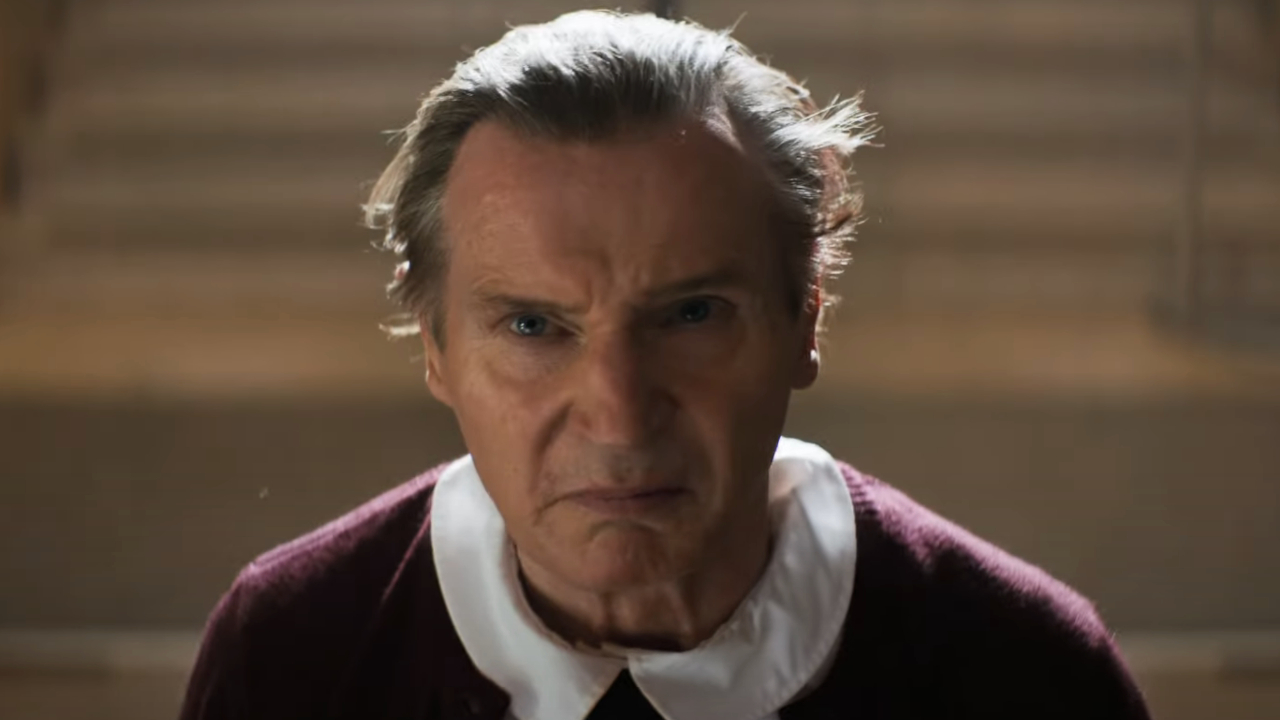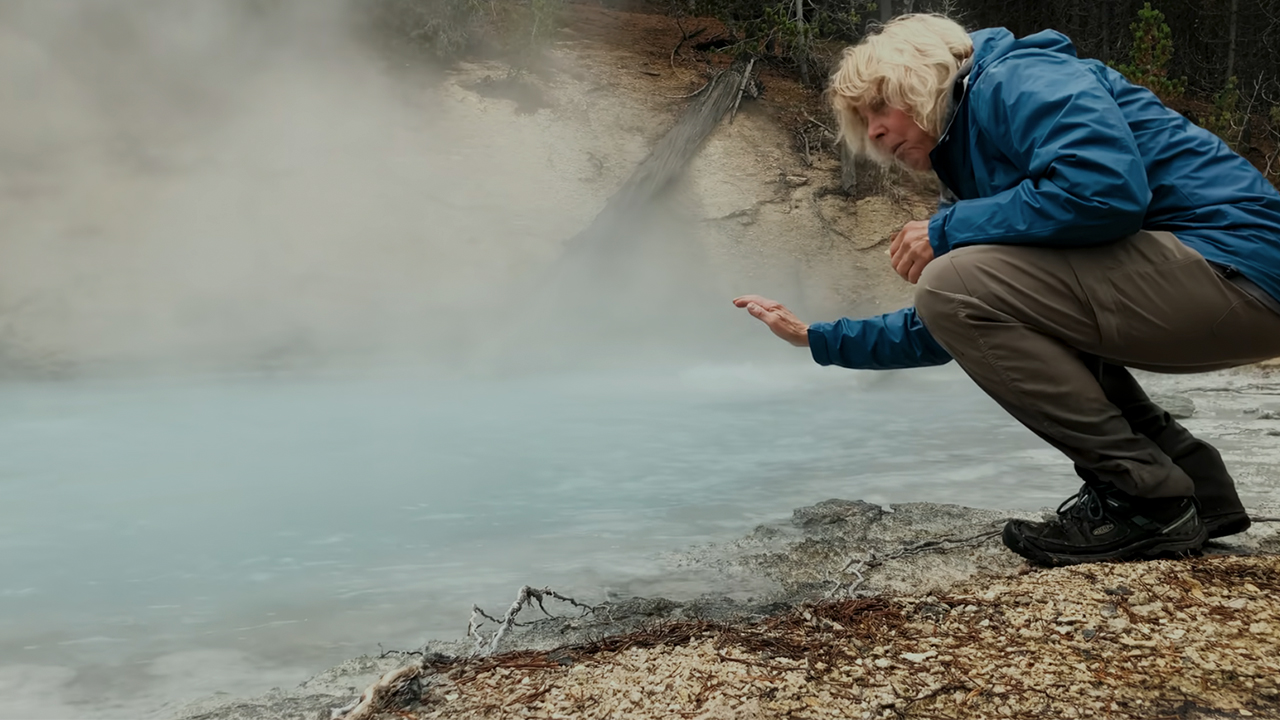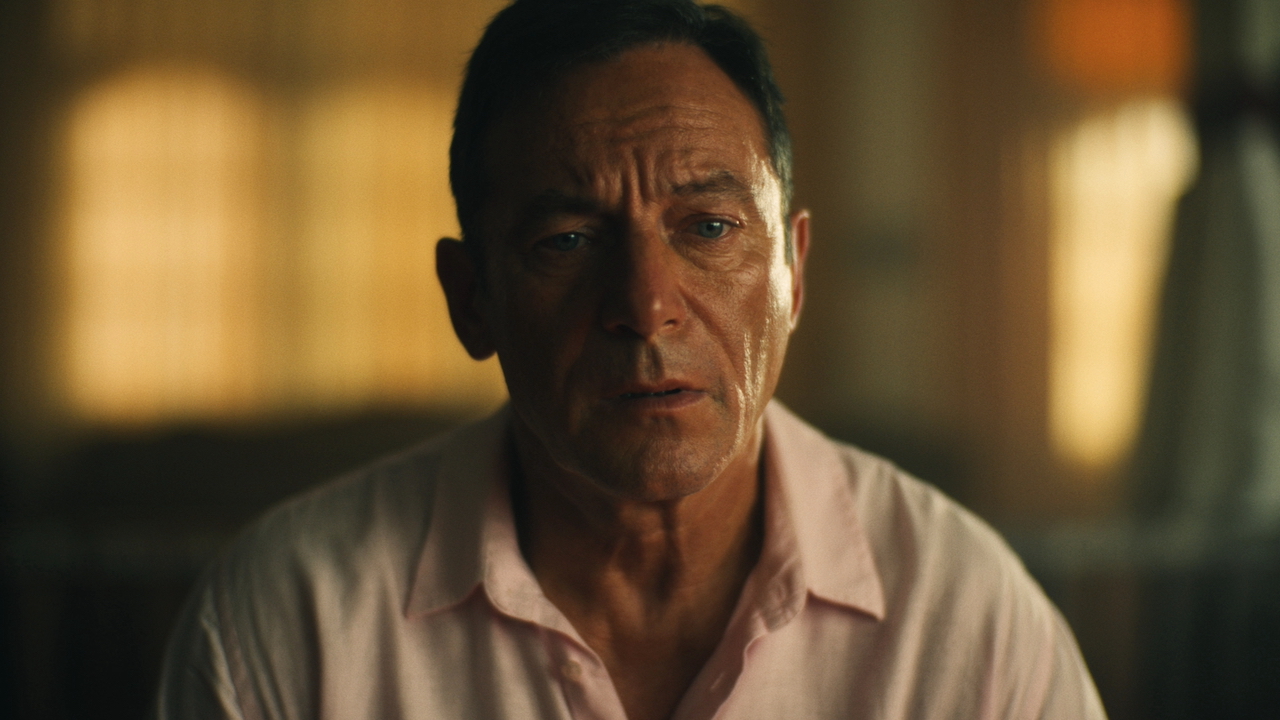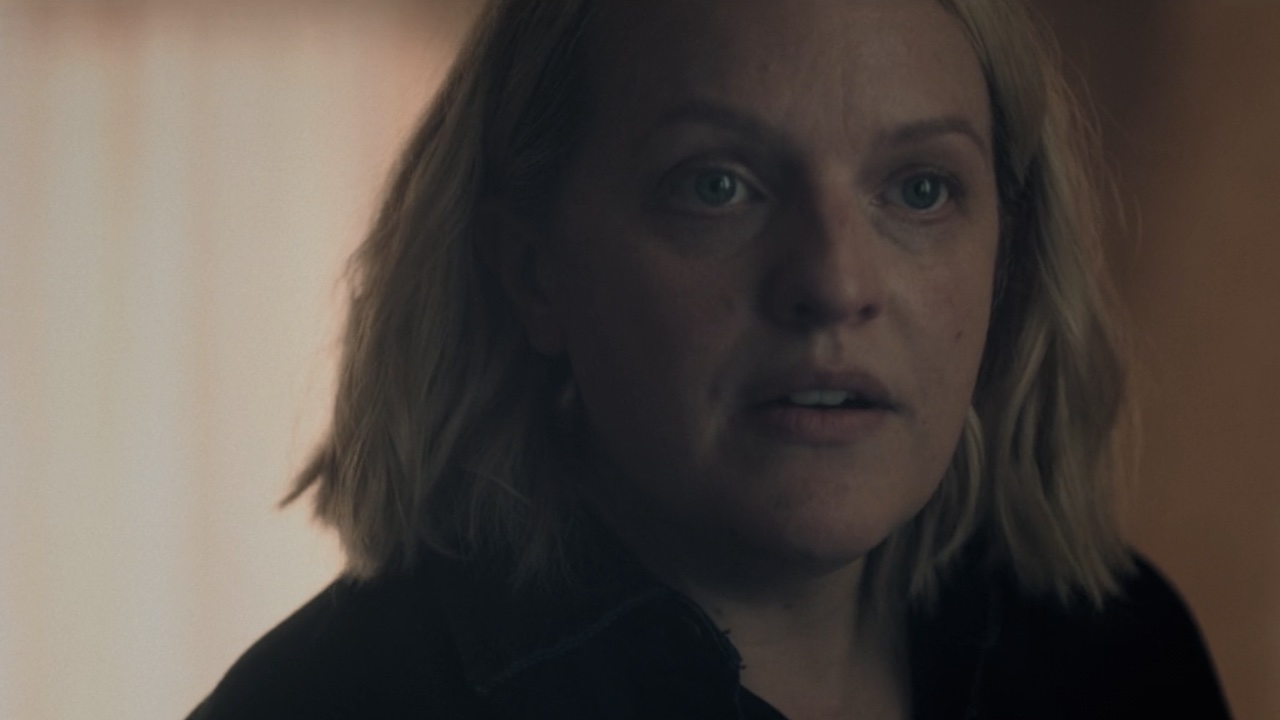Adapting Stephen King's The Mangler: A Thorough Inspection Of Tobe Hooper’s 1995 Gore-Fest
Tobe Hooper adapts Stephen King for the second time after Salem's Lot.

When Hollywood in the broad sense began to understand the phenomenal adaptability of Stephen King books, the 1978 collection Night Shift took on the appearance of being a treasure trove for potential film and television projects – something you probably picked up on if you’ve been following this column week-to-week. Fritz Kiersch's Children Of The Corn was the first to be made, arriving in theaters in 1984, and it was followed by Lewis Teague’s Cat’s Eye (featuring “Quitters, Inc.” and “The Ledge”); King’s Maximum Overdrive (based on “Trucks”); Ralph S. Singleton’s Graveyard Shift; and Tom McLoughlin’s Sometimes They Come Back.
“The Mangler” took a touch longer than those stories to make it into live action – though not for lack of trying. The rights to the grisly tale were first purchased by producer Milton Subotsky as a package along with the aforementioned “Trucks” and “The Lawnmower Man.” As noted in my Maximum Overdrive feature, there was a time when a plan was formulated that would have seen all three shorts adapted as part of an anthology film titled The Machines, with Stephen King potentially at the helm, but that idea never left the development stage.
Years later, Subotsky sold the “Mangler” rights to Harry Alan Towers and Salem’s Lot director Tobe Hooper, who partnered with producer Anant Singh… and it was around that point that the adaptation found itself in development under odd circumstances involving the political shift in early 1990s South Africa. By 1993, according to screenwriter Stephen David Brooks on the Blu-ray commentary, international boycotts were lifted, but there were limitations on overseas transfers of the country’s national currency, the rand, and Singh found himself in a position where he needed to spend his investments in rand locally. This circumstance resulted in The Mangler being deep into pre-production in South Africa long before a script was written– and when first approached about the job, Brooks was only given 10 days to compose his first draft.
With this kind of history, it’s little surprise that 1995’s The Mangler is a messy and weird movie – and I don’t wholly mean that in a bad way. Based on a Stephen King story, directed by Texas Chain Saw Massacre’s Tobe Hooper, and starring A Nightmare On Elm Street’s Robert Englund and The Silence Of The Lamb’s Ted Levine, it is a film that brims with horror icons, and is this week’s subject of dissection for Adapting Stephen King.
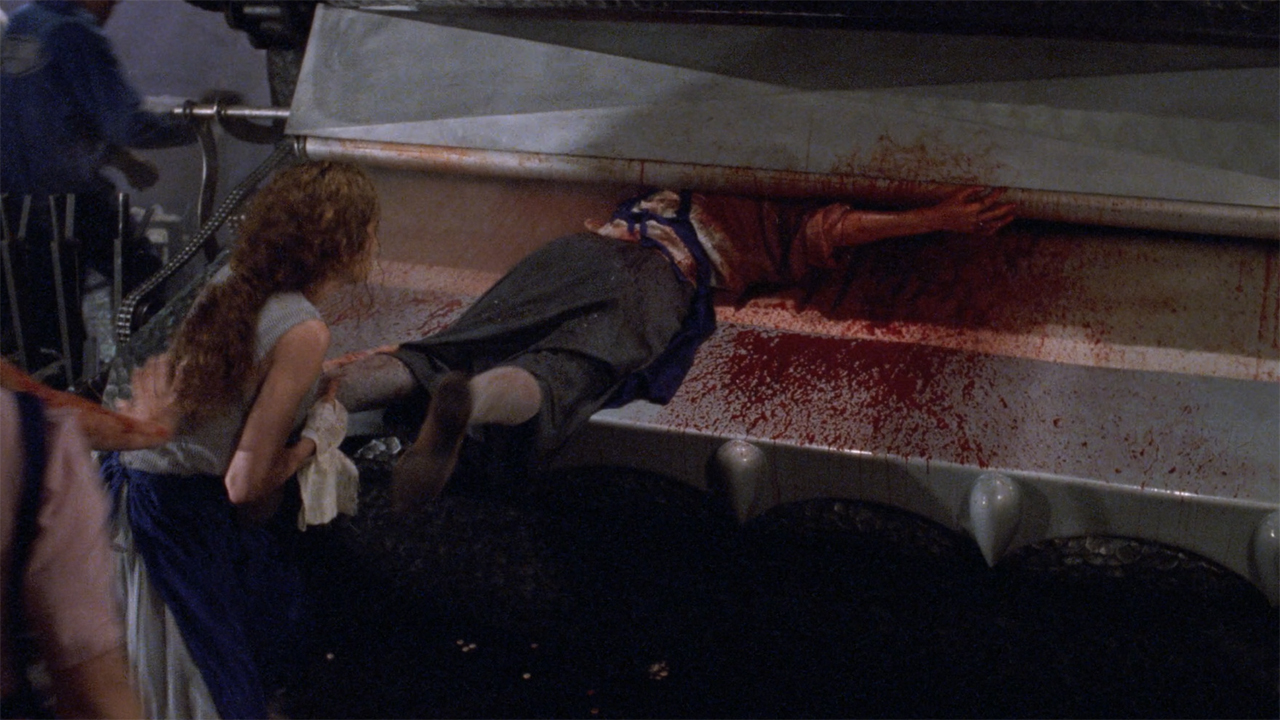
What “The Mangler” Is About
“The Mangler” is a short story that shares some DNA with “Graveyard Shift” in that they both have roots in Stephen King’s blue collar experiences growing up. While the latter was inspired by his time as a teenager employed in a textile factory, the former was conjured in his imagination from his time in industrial laundries.
In his essay preceding “The Mangler” in the collection Stephen King Goes To The Movies, the writer recalls that his mother, Nellie Ruth King, took a grueling job at one such facility when she was trying to support young Stephen and his older brother as a single parent living in Connecticut. Years later, a 20-something Stephen got a similar position at a shop in Maine when he couldn’t find an open teaching position. Both locations had similar equipment, including a laundry mangle that he was told was called “The Mangler.” He writes in the essay,
Mom worked herself nearly to death – there, and in other minimum-wage sweat-pits – in order to ensure her boys a college education, and my first job upon graduation was... in a laundry! I was the motel sheets guy – a spunky specialty, my friends – but I got to see the mangler close up every day; the feed end was less than thirty feet from my big Washex suds-o-matics. It was indeed dangerous. One of the floor foremen, Harry Cross, had hooks instead of hands to prove it.
It was already scary to think about what The Mangler could do to a person if they were to accidentally put their hand in the wrong place – but what if the machine was filled with both malice and hunger for blood? That’s where Stephen King’s mind took the idea, and the completed story was first published in the December 1972 issue of Cavalier magazine.
CINEMABLEND NEWSLETTER
Your Daily Blend of Entertainment News
The hero in “The Mangler” is police officer John Hunton, who enters the story after getting a call to report at the scene of an accident at the local Blue Ribbon Laundry. Once there, he discovers that a massive machine known as the Hadley Watson Model-6 Speed Ironer and Folder has killed a woman by processing her just as it would a bed sheet: attempting to clean, steam, and conveniently fold her. All signs point to it being an impossible occurrence, as there are safety mechanisms in place to prevent such a thing from happening – leaving Hunton to be convinced that the death was caused by cut corners and unsafe working conditions. But when an inspection is conducted, the results find that the machine is in perfect condition.
As accidents involving the mangler continue to occur, including the shop foreman losing his arm, Hunton begins to suspect that there is something else going on, and his friend, Mark Jackson, an English professor, suggests the possibility of supernatural machinations. Thinking about all of the materials that get washed from sheets and clothes as they are run through the machine, they begin to wonder if perhaps it has unintentionally, over time, collected all of the ingredients called for in ancient rituals to summon a demon.
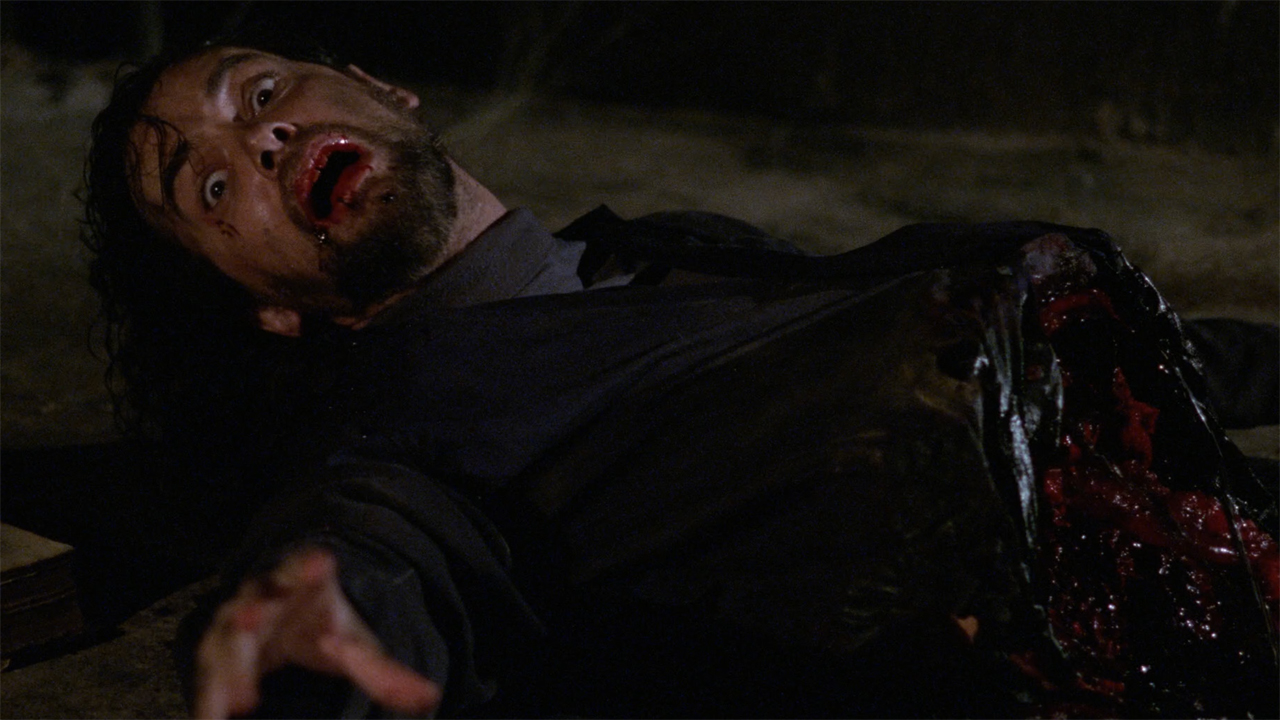
How Tobe Hooper’s The Mangler Differs From Stephen King’s Short Story
All of the most important story details from Stephen King’s short story can be found in Tobe Hooper’s The Mangler. John Hunton (Ted Levine) and Mark Jackson (Daniel Matmor) remain the principal protagonists, the plot moving them from solving a gruesome mystery to becoming amateur paranormal investigators. The characters in the movie reach the same conclusions about the spell components as their on-the-page counterparts, and come to the understanding that the catalyst for everything is a virgin’s blood getting in the machine – leading to an awkward confrontation with a floor worker named Sherry Ouelette (Vanessa Pike) about a cut she got at work and her personal sexual history.
Also worked into the film is the short story’s big twist, which sees John and Mark miss the fact that belladonna is on the list of ingredients ingested by The Mangler, as an extract of the plant is used in the antacid pills taken by the first victim. This leads the would-be heroes to think that they are dealing with a much tamer demon than what is actually present in the speed ironer. Because of this, their defense spell not only doesn’t work, but it actually causes the thing to undergo a metamorphosis that allows it to become ambulatory.
What Stephen David Brooks discovered in the adaptation process, however, is that Stephen King’s short story didn’t provide enough material to fill a feature length runtime. Thus he had to add a fair amount of padding – resulting in the creation of a few new characters, a new plotline, and an expanded ending.
The most obvious and flamboyant of these additions is Robert Englund's Bill Gartley, the leg-braced, one-eyed owner of the Blue Ribbon Laundry, who is additionally noted to be Sherry’s uncle. With the character comes a whole subplot that reveals the demonic possession of the Mangler actually goes back multiple generations, and that town elders have been sacrificing 16-year-old virgins to it for years in trade for power and wealth. It’s further added that that anyone who loses a piece of themselves to the machine becomes an extension of the demonic presence – a bit of wisdom dropped by the odd, elderly shutterbug JJJ Pictureman (Jeremy Crutchley), who is another character invented for the movie.
This new storyline results in The Mangler not finishing its tale in the same place as Stephen King’s version. In the short story, the titular monster’s transformation is basically the conclusion, as the possessed machinery kills Mark Jackson and chases John Hunton to the house of the inspector who gave the speed ironer the green light to continue operation (it ends as the characters hear the beast making its violent approach).
In the adaptation, John survives the night of the blown exorcism and is able to successfully evade the titular villain with Sherry – who is added to the climactic showdown alongside the two male heroes. For a moment it seems like the film has a relatively happy ending, but that’s before John returns to the Blue Ribbon Laundry and sees that Sherry, who is missing one of her fingers, has replaced her uncle as the new owner.
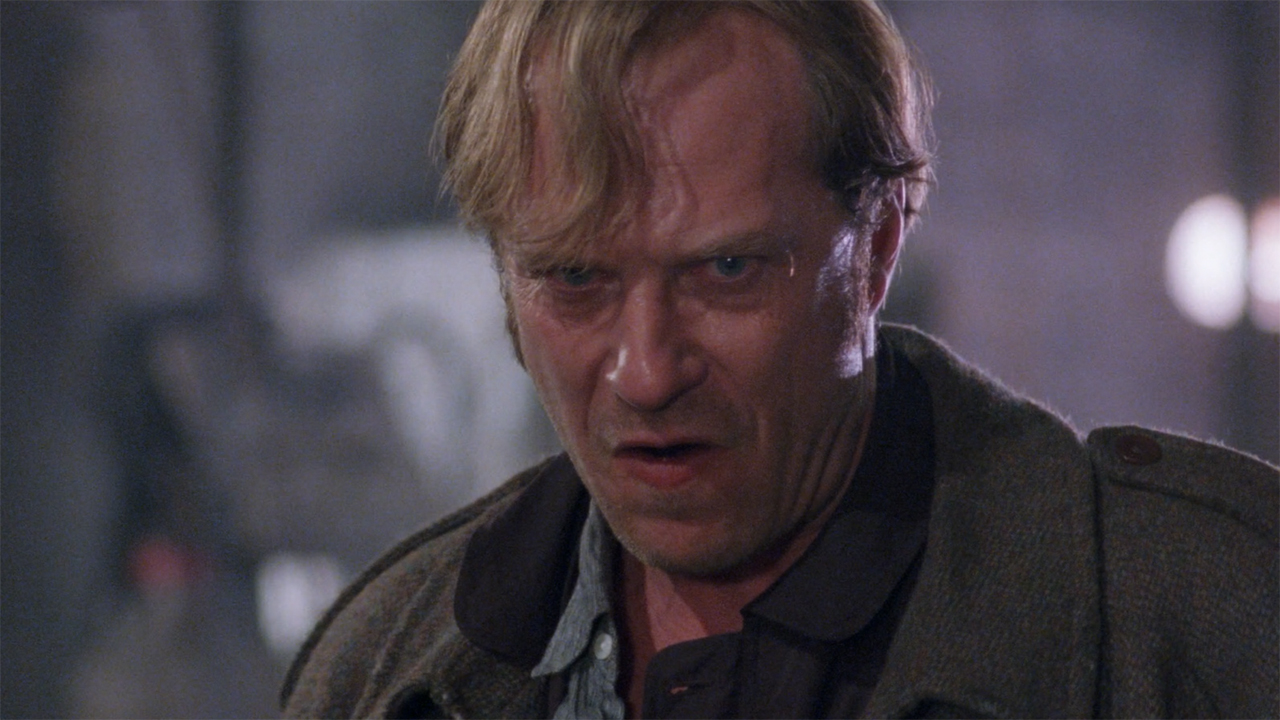
Is It Worthy Of The King?
Without Tobe Hooper, the legacy of Stephen King in Hollywood may not be what it is today. He was the filmmaker behind what was only the second ever King adaptation when he made Salem’s Lot in 1979, and a failure to translate that work could have forever scarred the author’s reputation in the filmmaking world. Instead, the TV miniseries was a key stepping stone in the journey establishing a spectacular cinematic legacy.
Contrarily, The Mangler doesn’t have a standing anywhere near that stately. It’s certainly an amusement for gore-hounds (especially the slightly longer unrated cut), and when the film is sticking to Stephen King’s book it’s quite enjoyable. Unfortunately, it’s also a movie akin to 1990’s Graveyard Shift in that it belongs to the very small subgenre that can be called Kingsploitation. The production’s origins described at the start of this feature practically paint the movie as the end result of a laundering scheme (no pun intended), and the noted collection of horror icons that the project sports is unquestionably more gimmick than indicative of quality.
As a short story, “The Mangler” is creepy, compelling, and creative, as the notion of a summoning spell being accidentally executed via pure happenstance is a wonderful concept for a horror plot. This is the best aspect of the movie (though I can’t say I’m the biggest fan of Ted Levine’s performance), and it’s really all of the extraneous material added by Stephen David Brooks and Tobe Hooper’s script that throws everything out of whack.
Robert Englund’s whole presence in the movie removes what makes the source material interesting, and the excessive make-up/props are just schlocky. He’s clearly having a ball, but it also feels like he is in a totally different film than everybody else (which is actually kind of true when you note that Englund was only available for two weeks of the six week production schedule, and that he shot most of his material separate from the rest of the cast).
It should probably go without saying that Stephen King was an admirer of Tobe Hooper’s, and he did give the green light to Stephen David Brooks’ pitch – but in Stephen King Goes To The Movies (written prior to Hooper’s death in 2017) he all but explicitly suggests that he’s no fan of 1995’s The Mangler. He writes,
Tobe Hooper, who directed it, is something of a genius... The Texas Chain Saw Massacre proves that beyond doubt. But when genius goes wrong, brother, watch out. The film version of "The Mangler" is energetic and colorful, but it's also a mess with Robert (Freddy Krueger) Englund stalking through it for reasons which remain unclear to me even now… The movie's visuals are surreal and the sets are eye-popping, but somewhere along the way (maybe in the copious amounts of steam generated by the film's mechanical star), the story got lost.
The Mangler was followed by two disparate sequels –The Mangler 2 released in 2002, and The Mangler Reborn in 2005 – but if a remake were to be announced tomorrow with proper talent involved, it would perk my ears. The concept of a haunted speed ironer is inherently pretty silly, but with a proper focus on what makes Stephen King’s story scary, it could become something surprising and excellent.
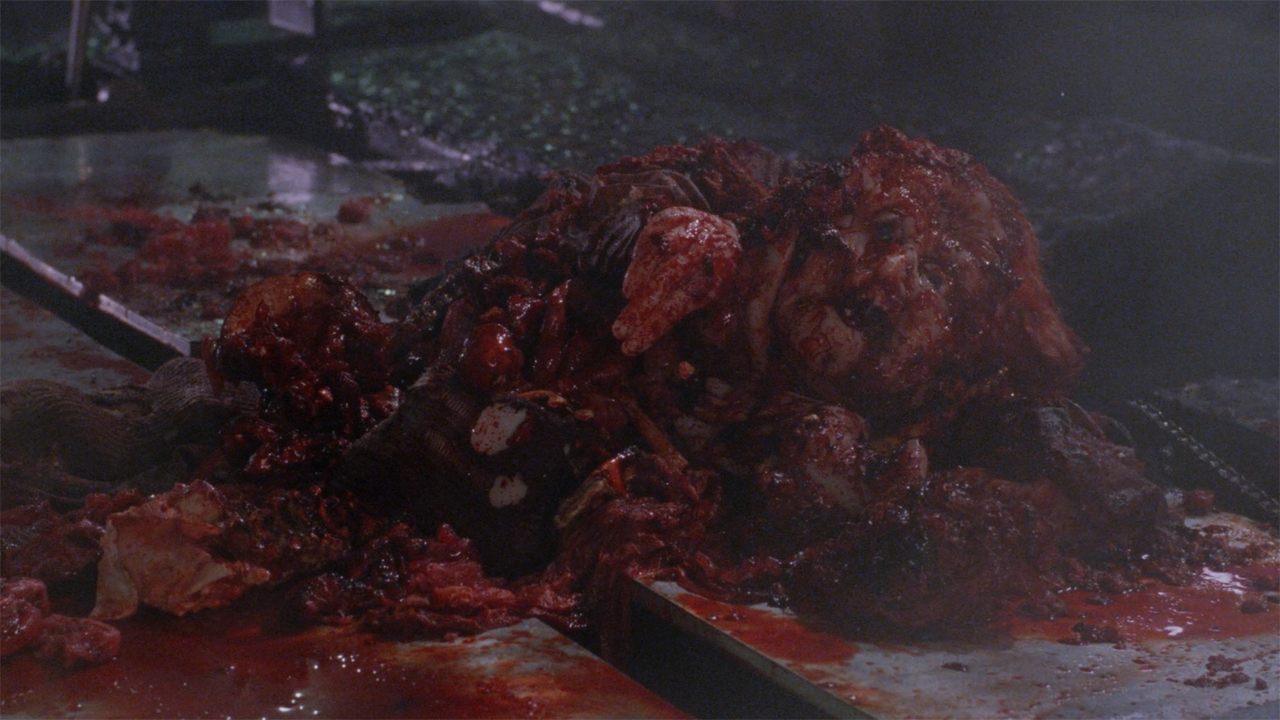
How To Watch Tobe Hooper’s The Mangler
As of the time that this column is being published, Tobe Hooper’s The Mangler is not available to stream on any major service, but it certainly is extremely accessible. Digital rentals/purchases of the film are available at all major online outlets, including Google, Amazon, Apple TV, and Vudu. For those of you who are into physical media collecting, the best domestic version you’ll find is the 2018 Blu-ray released by Shout! Factory, which sports a remastered version of the uncut film as well as multiple special features – including a commentary track with Stephen David Brooks (which was used as a reference for this article).
Ironically timed to arrive just in time for Thanksgiving, next week’s Adapting Stephen King will be doing a dive into what is one of the darker looks at family in the canon. My in-depth look at Taylor Hackford's Dolores Claiborne will be live on CinemaBlend next Wednesday – and for now you can explore previous installments of this column by clicking through the banners below.







Eric Eisenberg is the Assistant Managing Editor at CinemaBlend. After graduating Boston University and earning a bachelor’s degree in journalism, he took a part-time job as a staff writer for CinemaBlend, and after six months was offered the opportunity to move to Los Angeles and take on a newly created West Coast Editor position. Over a decade later, he's continuing to advance his interests and expertise. In addition to conducting filmmaker interviews and contributing to the news and feature content of the site, Eric also oversees the Movie Reviews section, writes the the weekend box office report (published Sundays), and is the site's resident Stephen King expert. He has two King-related columns.

